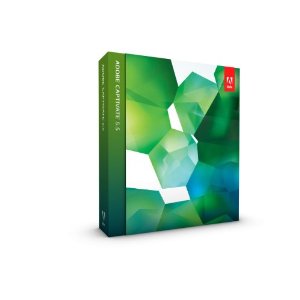The Usability of Windows 8
Just finished reading a fairly devastating review of Windows 8 by Jakob Nielsen. I have to wonder if some of the choices they made in designing the interface were forced because of patent considerations, considering all the air has been sucked out of the room in that regard by Apple.
Worth a read, if you are wondering what to expect of a tablet interface that has been shoehorned onto a PC. Perhaps it will make more sense if they start selling 70″ touch screen high-performance tablet PCs. We’ll all work standing up next to the wall or something, waving our arms. It will be better for our figures, at least.
Continue reading

